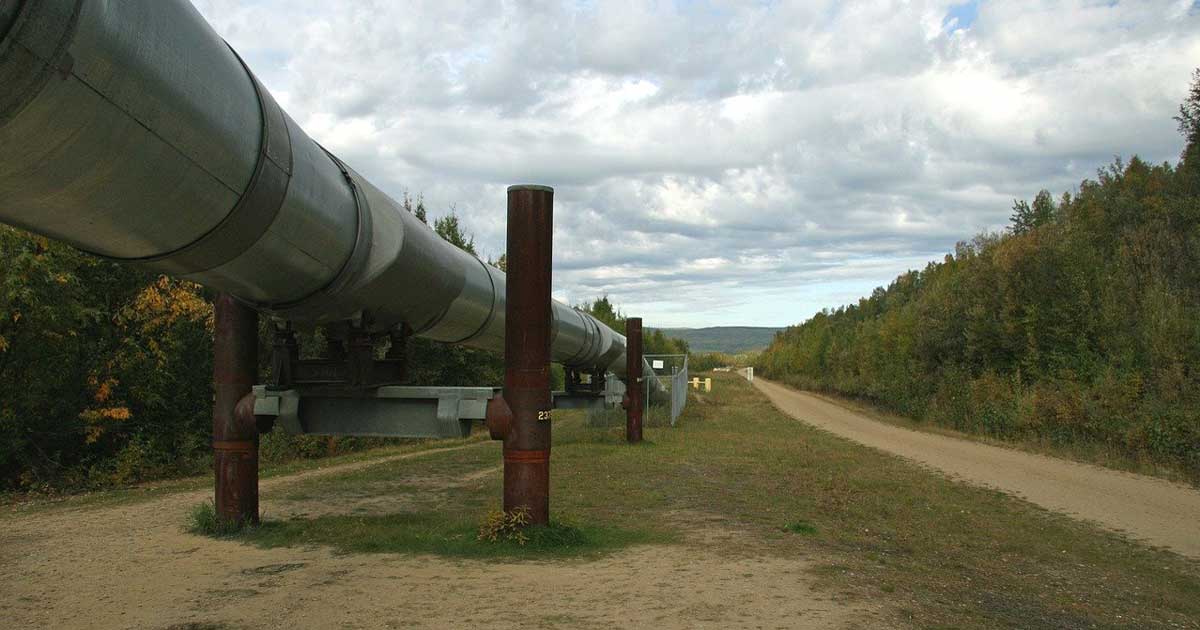Have you ever wondered why natural gas smells differently from one place to another? While the mercaptan family compounds are the most used to odorize natural gas, other chemicals, and blends of compounds satisfy specific applications.

Have you ever wondered why natural gas smells differently from one place to another?
Odorization Background
The government requires natural gas to be odorized as a safety measure since it is combustible and odorless. An odorant is introduced to the gas via chemical vaporization or chemical injection. We further share the advantages and disadvantages of various odorization systems, whether wick-type, bypass, pulse bypass, drip injection, or pump injection systems.
Odorant Selection
 An essential aspect of any odorization system is the selection of odorant. Selecting the proper odorant requires an in-depth understanding of the gas (being odorized), the odorization system layout, and ambient conditions. It is also essential to understand what chemical nearby gas systems use to odorize their systems. Odorant manufacturers often recommend staying with an odorant utilized in neighboring regimes. Odorants can smell differently, so it is vital to use a familiar scent so that people will not be confused by another odor. For this reason, the natural gas smell is at times described differently, like:
An essential aspect of any odorization system is the selection of odorant. Selecting the proper odorant requires an in-depth understanding of the gas (being odorized), the odorization system layout, and ambient conditions. It is also essential to understand what chemical nearby gas systems use to odorize their systems. Odorant manufacturers often recommend staying with an odorant utilized in neighboring regimes. Odorants can smell differently, so it is vital to use a familiar scent so that people will not be confused by another odor. For this reason, the natural gas smell is at times described differently, like:
- natural gas smells like rotten eggs
- natural gas smells like kerosene
- natural gas smells like lighter fluid
- natural gas smells like skunk
We also suggest that you consult your odorant manufacturer when selecting the odorant for a system or considering changing it.
Natural Gas Odorants
While some compounds are used by themselves (such as tetrahydrothiophene), most odorants today consist of a mixture of various compounds, such as:
- Dimethyl Sulfide
- Isopropyl Mercaptan
- Methyl Ethyl Sulfide
- Normal Propyl Mercaptan
- Secondary Butyl Mercaptan
- Tertiary Butyl Mercaptan
- Tetrahydrothiophene
Odorant manufacturers create custom blends of the noted compounds so that they are more suitable for specific applications. When selecting an odorant or odorant mixture, it is crucial to understand the odorant’s vapor pressure, odor, soil penetrability, and oxidation resistance.
Another essential aspect of the odorant is to take great care to eliminate or minimize the fugitive odorant emissions during the filling process. Odorant manufacturers can deliver the chemical via truck or transportable containers for smaller applications.
Natural Gas Mercaptan
At GPL Odorizers, we request that our clients buy their selection of odorant from their preferred odorant supplier.

Are all the odorants mentioned environmentally friendly and physically safe.
Well, they are probably safer than undetected natural gas leaks. That said, they are all toxic at large enough concentrations. The odor threshold is well below dangerous limits, but we just had a gas leak in our neighborhood that made a lot of people sick, probably due to high levels of odorants over several hours until the utility company could find and fix the source of the leak.
I’m looking for a odormeter for our small natural gas utility.
Does anyone have an idea on odorant usage globally? Looking for where and how much different odorants may be used
We bought a used Bacharach Odorometer ebay and sent it to Bacharach in PA for recertification. Saved a lot of money this way. Good Luck
Where is the rest of this interesting article?